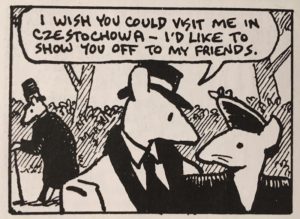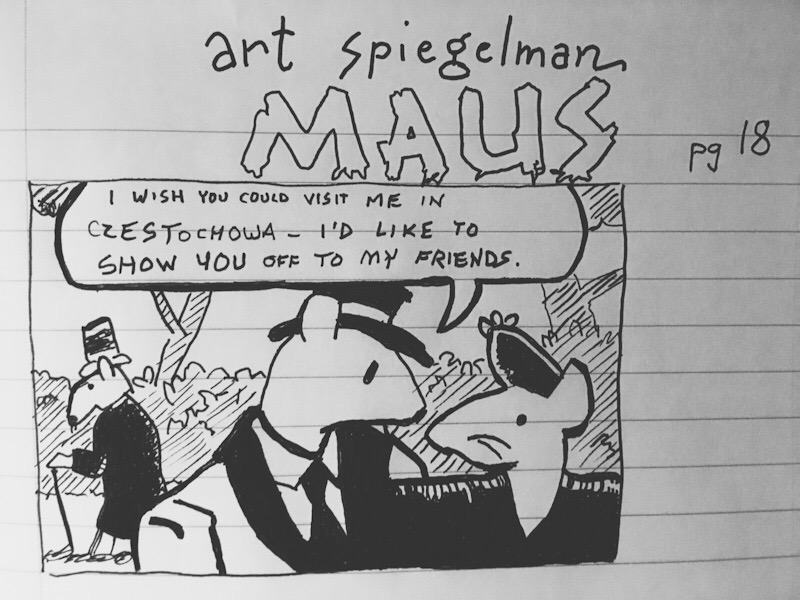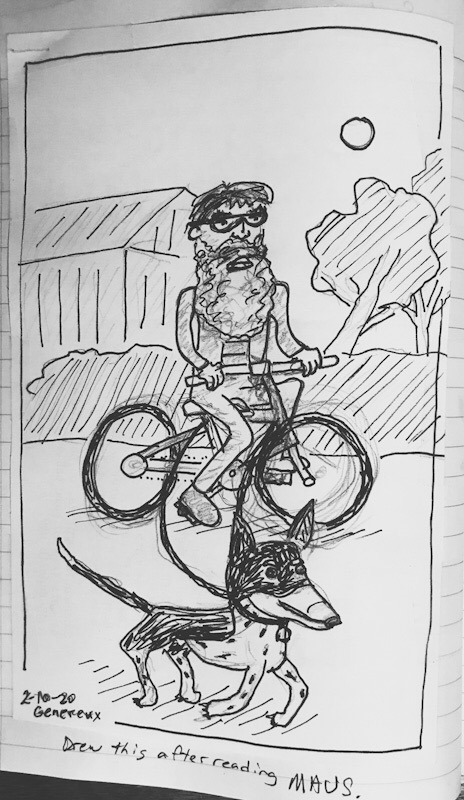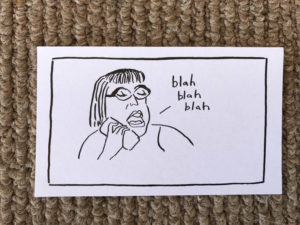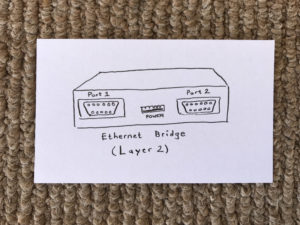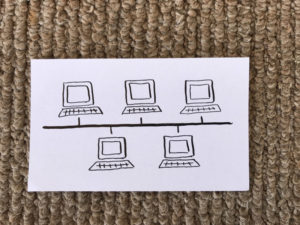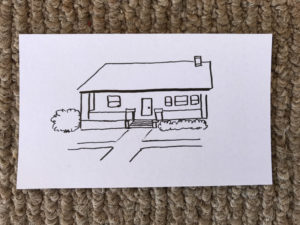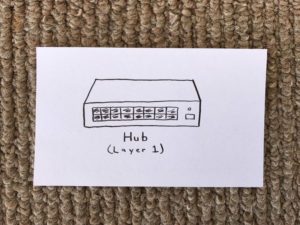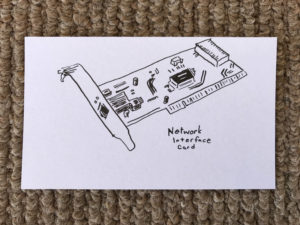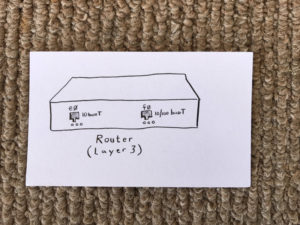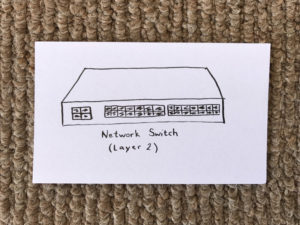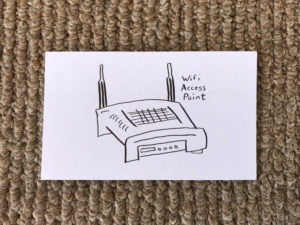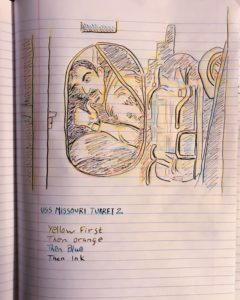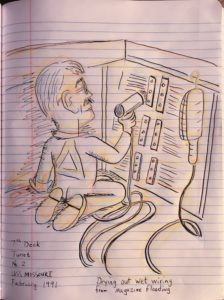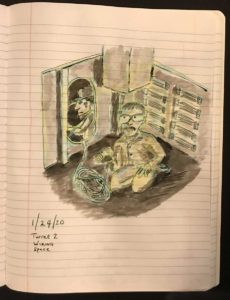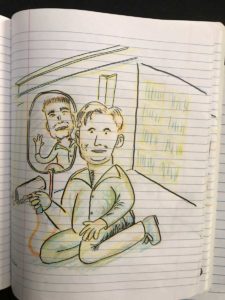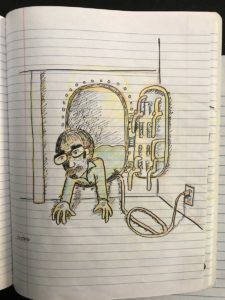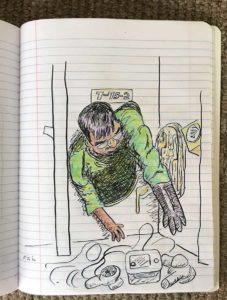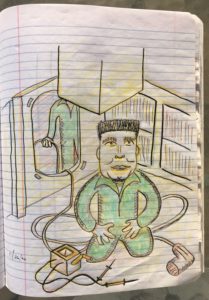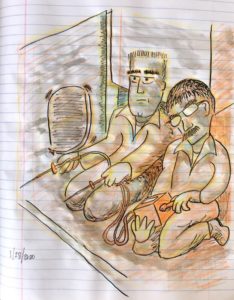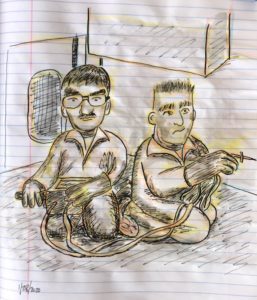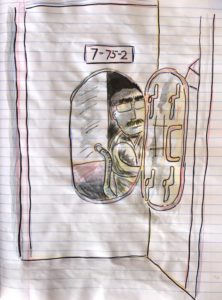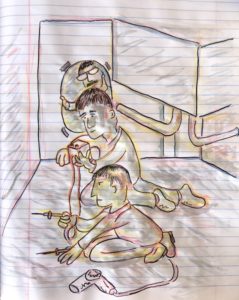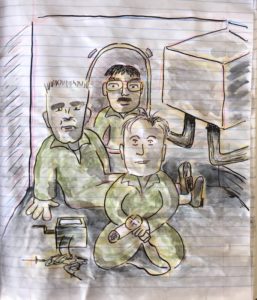Today I found Dan Nelson’s lessons in crosshatching and in watercolor painting. I love painting with watercolor but I’ve never really used masking fluid in my work so I especially enjoyed watching Mr. Nelson using that technique in this video…
Monthly Archives: February 2020
You Should Know This Image
An art history lecture I gave for our first year Mastering Academic Conversations course.
Grammarly Stats
I don’t pay a lot of mind to Grammarly stats, but evidently I used more unique words than 96% of Grammarly users (of course I am mostly being compared to high school and college students) but I was more productive than 92% of Grammarly users by writing 10,549 words in the past week. I have a ten-week writing streak.
I’m not exactly sure where Grammarly is working on my behalf. I think it is only looking at things I am writing in a web browser.
After Maus
A few weeks ago the Near Sighted Monkey, Lynda Barry, was talking about a drawing technique she learned from Art Spiegelman. Who is Art Spiegelman, I wondered? So I looked him up.
His ground-breaking book Maus is critically acclaimed. It tells the story of his father’s experience of surviving the WWII Nazi holocaust in comic book form. The Jews are drawn as mice and the Nazis as cats. I saw the book in my son’s school library when I was there for a school board meeting, so I asked him to check the book out for me. I read it over this past weekend.
The thing I noticed right away about Spiegelman’s art is his attention to detail. Every frame has a background. We get a complete feel for the environment his characters are living in.
For more understanding, I decided to copy a frame in my sketchbook. Here is the result of that effort.
I spent a long on this one frame, maybe a whole hour. I decided that I’m going to start working on drawing better backgrounds. Here is a new picture I drew yesterday and inked in this morning.
Good Day for the Genereux Family
Won the chili cookoff “Warm and Fuzzy” division yesterday. My chili was called “El Professor” and it was definitely warm and fuzzy!
The annual Student Support Services and Student Life Chili Cook-Off was a tasty success! With 13 chili entries and 140+ participants that range from students, faculty, staff and community members, the Chili Cook-Off is one of the best traditions on campus.#kstatepolytechnic pic.twitter.com/psLu9jt0CM
— K-State Salina (@KSU_Salina) February 7, 2020
My daughter won as winter Homecoming Queen at her school.
https://www.facebook.com/usd224cliftonclyde/photos/a.678056328886250/3729448327080353/?type=3&theater
Wow, what an unforgettable day!
Battleship Firecontrol
Another Great Lynda Barry Interview
Lynda Barry. I got to meet her last November. She encouraged me to keep drawing and writing, and I have. She is so awesome. Below is another great Lynda Barry interview.
Adding Mediasite Content to Canvas
I added content hosted on Mediasite to my Canvas course once before, but promptly forgot how to do it and where to go to learn how again. A quick search online took me to the K-State Mediasite tutorial. Now, if I forget again, I can refer back to my own blog to find the link.
By the way, the main piece of information I was looking for was the fact that there is a special button on the Canvas interface for adding Mediasite content. That button looks like a blue “V” like this:![]()
That was all I needed to know to get myself back on track again!
Networking Hardware Slides
Done! A Series of Twelve
A couple of weeks ago, Lynda Barry posted about doing a series of twelve images of the same scene. I set out to do just that, not knowing how long it would actually take me or what the result would look like. This week, I finally finished this difficult but gratifying challenge.
The scene was after the ground war had begun in February 1991. The Iraqis had already bugged out of Kuwait, and though we didn’t realize it at the time, the Battleship Missouri had already completed her final fire mission for all time. Something happened, and I never heard exactly what, but the magazine sprinkler system was activated in Turret 2 and everything got doused with salt water. The wiring that came from our computer system in the plotting room to control the guns also got wet, which might not have been a huge deal if not for the fact that this was WWII technology and plastic was not widely in use yet. All of the insulation on the wires were made of a fabric material that soaked the salt water right up. The salt water, being an excellent conductor, shorted everything out. We had to go down to the 7th deck, all the way to the bottom of the ship, and literally crawl into this wiring space with our heat guns to dry everything out. The room was not big enough to stand in. It was dark, cold, and damp. We had to bring our own lighting. The “megger,” a piece of test equipment designed to test the insulation of wires, generated a current of electricity to get the wires to short circuit on purpose. We were making electricity through wet wires, inside of a damp metal crawl space, on purpose!


